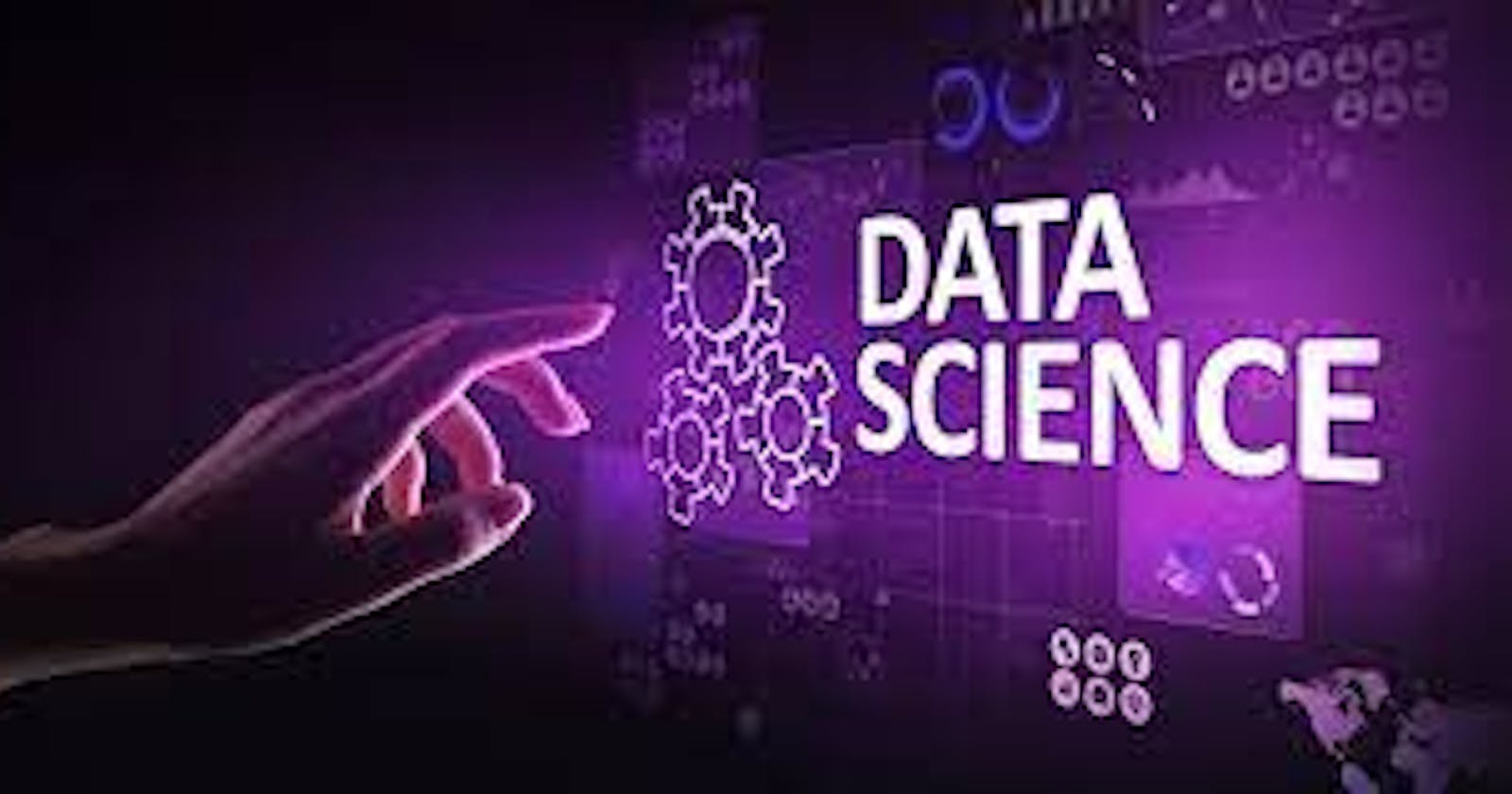Data Science is one of the HOTTEST DOMAIN that everyone wants to enter. However , a lack of information may lead the student to an unwanted delay in learning. So I want to give you a structured roadmap taht you can follow to become Data Scientist.
WHO ARE DATA SCIENTISTS WHAT DO THEY DO?
A data scientist is a professional who is responsible for extracting a piece of information or understanding that is derived from analyzing data. It can be a pattern, a trend, a relationship, or a prediction. They use a combination of techniques from statistics, computer science, and domain expertise to analyze and interpret data and make informed decisions based on their findings.
STEP 1:- MATHEMATICS
Becoming proficient in mathematics, particularly in areas such as linear algebra, calculus, optimization, probability, and statistics, is a fundamental step in the journey to becoming a data scientist. These mathematical concepts are the foundation of many data analysis and machine learning techniques used in the field.
STEP 2:- PROGRAMMING
While various programming languages can be used for data science, Python is highly recommended due to its user-friendly syntax and widespread use in the field. To become a proficient data scientist, it is important to have a strong grasp of Python's basics, object-oriented programming concepts, and techniques for manipulating and cleaning data, connecting to databases, and visualizing data effectively.
STEP 3:- MACHINE LEARNING
Mastering key concepts in machine learning, such as supervised and unsupervised learning, deep learning, model evaluation and selection, feature engineering and selection, and techniques for avoiding overfitting and underfitting, as well as specialized areas such as reinforcement learning and time series analysis is essential for becoming a successful data scientist.
STEP 4 :- LIBRARY AND FRAMEWORK
To become a data scientist, it's important to familiarize yourself with a variety of libraries and frameworks that are commonly used in the field. These include: NumPy for numerical data manipulation, pandas for working with structured data, Matplotlib and seaborn for data visualization, scikit-learn for machine learning, TensorFlow and PyTorch for deep learning, and XGBoost for gradient boosting. Each library has its own specific strengths and use cases, and the best way to decide which one to use is to try them out and see which one best fits your needs and preferences.
STEP 5:- DATABASE LANGUAGE
In order to become a data scientist, it is important to have knowledge of at least one database language, with a strong preference for MySQL due to its widespread use and popularity in the field. However, it is also beneficial to have experience with other languages such as NoSQL, Hive, RDBMS, SPARQL, and Cypher, as each language has its own unique capabilities and use cases in data management and analysis. This will enable you to choose the right tool for the job and work effectively with different types of data and databases.
STEP 6:- PROJECT
When creating a data science project, it's important to follow a structured process to ensure that the project is well-organized and easy to understand. One approach is to:
Identify a relevant and interesting problem to solve.
Understand the data and its characteristics, including any preprocessing that needs to be done.
Choose appropriate techniques and tools to analyze the data.
Interpret the results and draw meaningful insights.
Reflect on any limitations and potential for future work.
Summarize the key findings and their impact.
Suggestion: You should try one of the mentioned below:
Project on cost optimization for patients with chronic illnesses
Predictive analysis of wins and losses in a popular sports league
Investigating the impact of socio-economic factors on the covid-19 death rate
Stock market forecasting using machine learning techniques
Building an automated star classification system using astronomical data.
STEP 7 :- ADDITIONAL TOPICS
Excel and VBA
Linux and Git and Github
Cloud computing platforms like AWS, Azure, and Google Cloud Platform
Big Data technologies like Apache Spark and Apache Kafka
Advanced Visualization tools like D3.js, Hadoop and Tableau
NLP (Natural Language Processing)
Computer vision
ADVICE
It is not important to have a high number of completed projects or questions, but rather to have a deep understanding and practical application of the knowledge gained from them.
